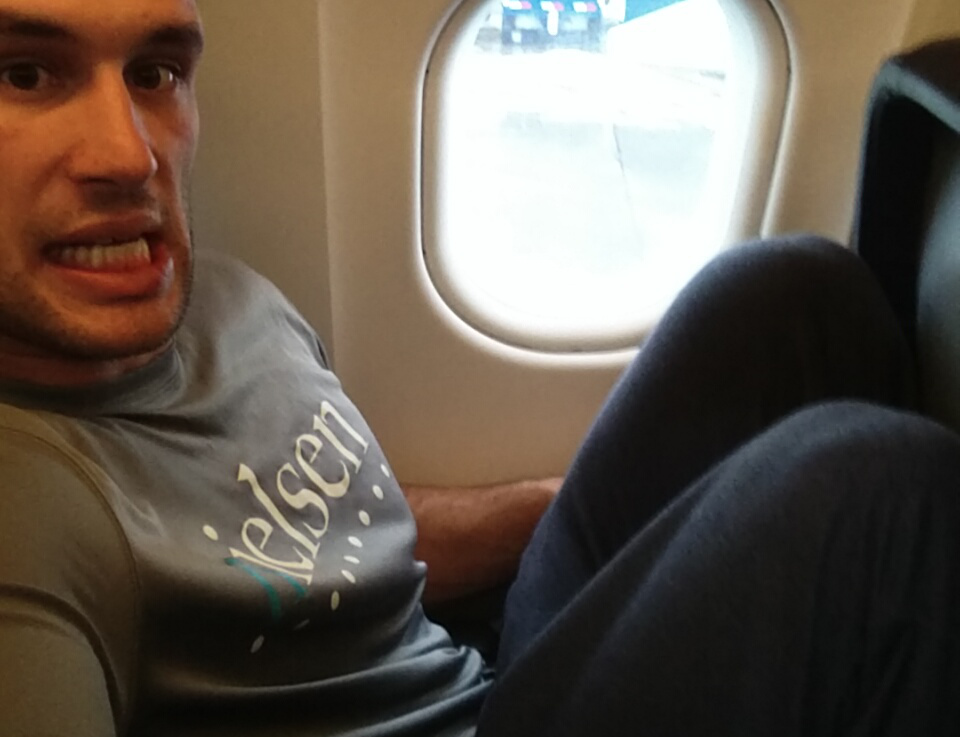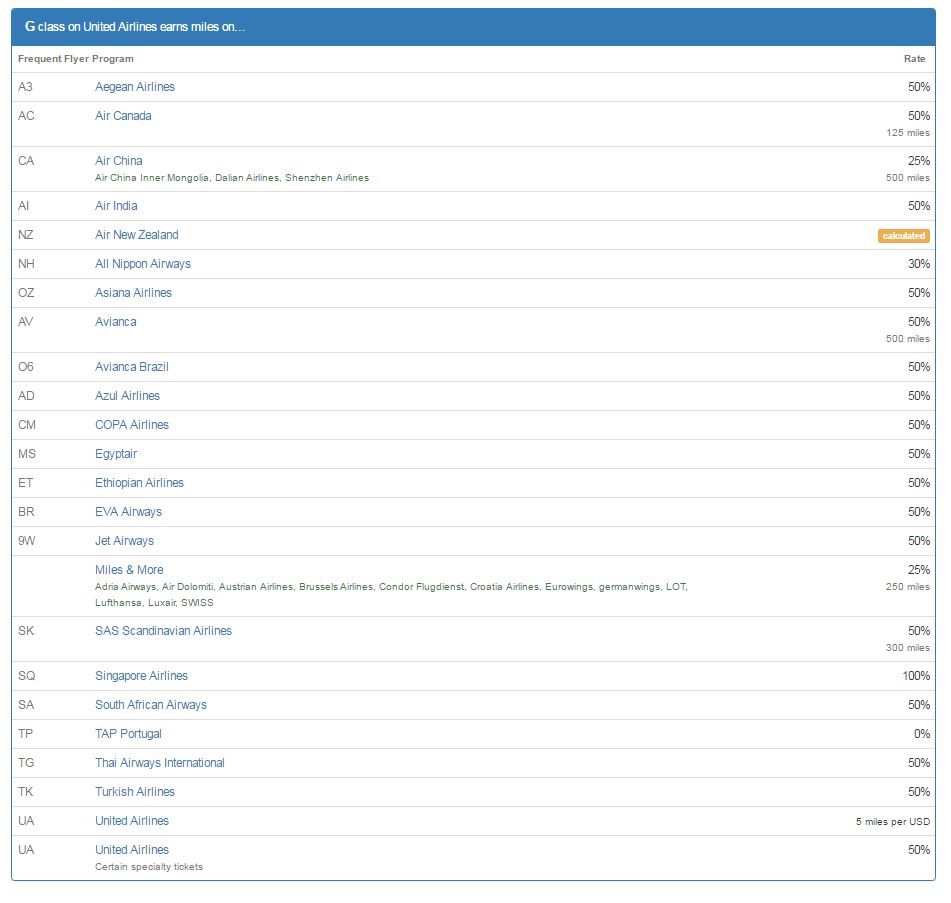In my last post, I mentioned a very cheap airfare I had found for $137 from San Jose to Boston that had allowed me to make a last-minute trip to San Francisco to see my girlfriend for New Year’s, using it as an example of cases where you may want to credit your fare to an airline other than the one you’re flying.
When talking about this with people, they were often very surprised. But in reality, I wasn’t too surprised that I was able to find such a cheap fare at the last minute.
In theory, one would think that airlines would apply heavy discounts to last-minute fares in order to maximize the chances of a full flight – e.g. if they have three seats left to fill, why not make them super cheap? In reality, this isn’t how it works though, as anyone who’s tried to book a last-minute flight likely knows. There are mostly two reasons:
First, if they did this, then everyone would just wait until the last minute to book their airfare, which would be a disaster for the airline in terms of a planning perspective.
But more importantly, the airlines want to make sure that there’s always a few seats left to allow for the chance of the traveler (usually a business traveler) who absolutely has to get somewhere at the last minute and will pay as much as s/he needs to (usually from a corporate account) to make that happen. In other words, an airline doesn’t want to be in the position of turning away a wealthy businessman who absolutely has to get from New York City to Los Angeles at the last minute and will pay $1,000 to do so because they already sold the last seat on that flight to some college kid for $100.
For example, right now, the cheapest ticket for two people traveling from New York City to Los Angeles today is a whopping $868, and it’s not even nonstop!
Now, are all of these fares going to be purchased before the plane leaves? Highly unlikely (not to mention since all of these have connections, it’s likely that purchasing one of them could eliminate another).
But let’s say that flight gets filled by a last-minute captive traveler willing to pay anything one time out of every eight times. The airline then earns more money than if they had routinely discounted that fare to $100 and filled it each of those eight times.
Of course, the title of this post is not about why you shouldn’t look for last-minute fares, but rather why you should – after all, they definitely do exist, as evidenced by the fare I found. And given what I wrote above, it’s not surprising. Airlines tend to avoid having cheap last-minute fares because of the possibility of the captive business traveler, but there are certain times of the year (and routes) where it is very unlikely to have this kind of last-minute traveler. Saturdays would be one, as would the week between Christmas and New Year’s, which is virtually a dead week in the corporate world.
Another example would be Hawaii, which doesn’t tend to get much business traffic. That’s of course not to say you’ll find a cheap last-minute fare to Hawaii, just that it won’t be as much of a difference from a normal fare (which are already pricy).
Lastly, this practice of marking up last-minute fares is generally less common when it comes to ultra low-cost carriers, such as Spirit, Frontier, and Allegiant. Given that many business travelers would rather miss an important meeting than suffer six-hours cross-country on Spirit Airlines (even though I don’t think it’s that bad), these airlines are generally less concerned about preserving their ability to gouge last-minute business travelers. Furthermore, as their profit margins are far tighter, they generally are better at filling up all seats in advance (as you can see from the screenshot, none of them have any availability).
Looking at a last-minute flight from Boston to Washington tomorrow morning (a very popular business route), Spirit is almost $50 cheaper than the next cheapest airline, and is selling the flight at a price ($103) not too much more than a typical flight on that route not bought at the last-minute. Nearly every business traveler I know would be able to pay the extra $46 to not fly Spirit, but for someone else more budget-conscious who may need to take this route at the last minute due to personal reasons, they may opt for Spirit:

On the other hand, if you look at this same route exactly three weeks later, the fare is not only cheaper, but other airlines are matching (or coming close to) Spirit:

As a reminder, for finding cheap airfares, whether at the last-minute or far in advance, I can’t recommend my initial post highly enough.
If you have any questions or comments, please feel free to let me know!






